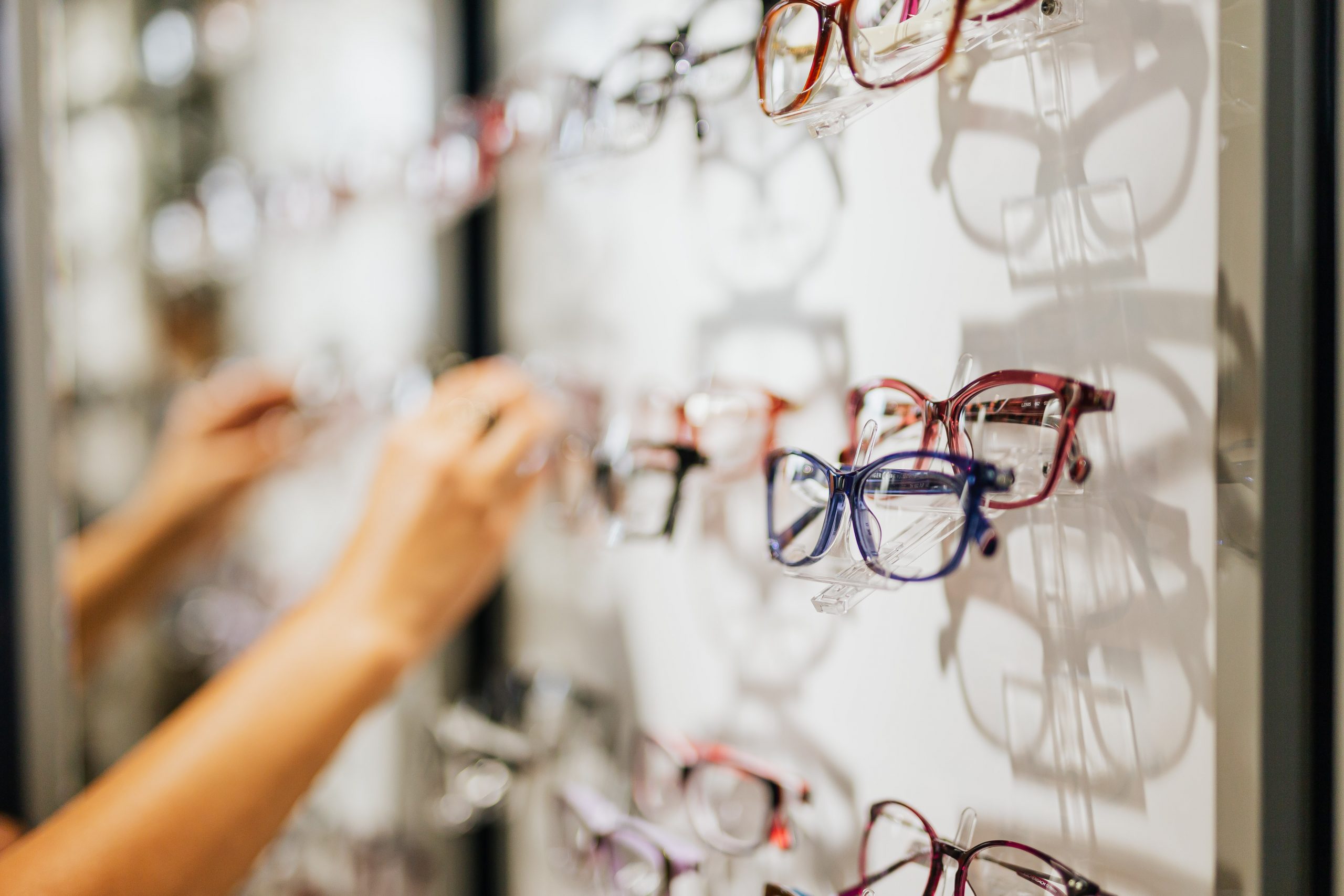OA Corner Part 3: A question of strategies

Help patients make the right decision when choosing frames
Last month, we looked at different ways to communicate effectively with your patients. This month, we consider how you can improve your chances of a successful encounter by the different types of questions you can ask.
There are several different types of questions, for example, open, closed, focusing and clarifying questions.
Open questions can be used at the beginning of a communication and are used to gather information. They start with phrases such as, “Tell me about…”, and can start with the words “how” “what” and “why”. Closed questions usually just require a ‘yes’ or ‘no’ response. Focusing questions can be used to explore a subject in more detail, and clarifying questions are used to confirm you have understood correctly.
Turning a browse into a buy
Imagine a scenario where a patient has walked into your practice to browse frames. The way you communicate with the patient, and the questions you ask, can make the difference between them browsing and walking out or ordering a pair of spectacles.
You should begin your questioning with open questions. For example, “Do you have any particular styles or colours in mind or are you open to suggestions?” If the patient is looking for something in particular, you can identify this from the beginning. If they are not sure what they want, you can then ask further questions such as, “What is important to you in a pair of specs?”
You can then follow this up with a focusing question such as, “Do you prefer your specs to be bold and make a statement, or discreet and blend in?” You can then use clarifying questions such as, “When you say you prefer the red frame, is it because you like the colour or is it because it is more comfortable than the green frame?”
Closed questions can be used once you think the patient has made a decision, or is very close to making a decision. For example, “Would you like to order the red pair?”
Always summarise the conversation at the end of the consultation, as this shows you have listened to the patient and have understood exactly what they want. It also helps to avoid any misunderstandings that can sometimes occur, and gives the patient an opportunity to add any additional information they may have omitted before.
In addition to effective questioning skills, you should also practise good listening skills. It is important to give the patient your full attention and not become distracted, as the patient will pick up on this and you will lose any rapport and possibly trust that you have built up.
There are many blocks to effective listening. For example, thinking about your own problems, or maybe what you are going to have for dinner, and not listening to what the patient is saying. Or maybe thinking about how you are going to reply rather than concentrating on what the patient is saying.
Always make the patient the focus of your attention in order to maximise your chances of a successful communication outcome.
Sue Deal FBDO R is a practising dispensing optician, ABDO College examiner, senior tutor and supervisor for dispensing opticians. She is also a practice visitor and external moderator for ABDO.
Read OA Corner Part 1: What makes a good OA – here.
Read OA Corner Part 2: Communications – here.